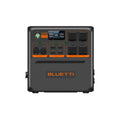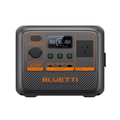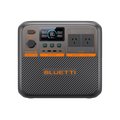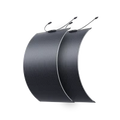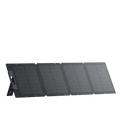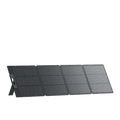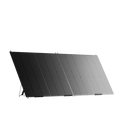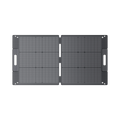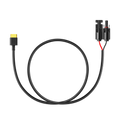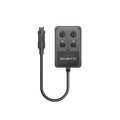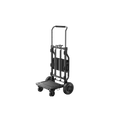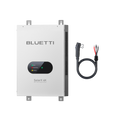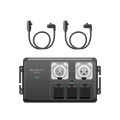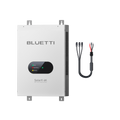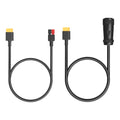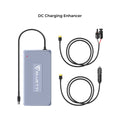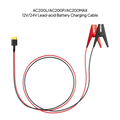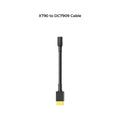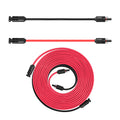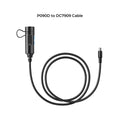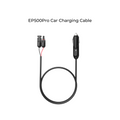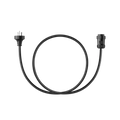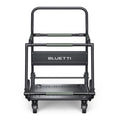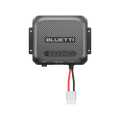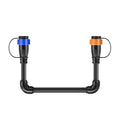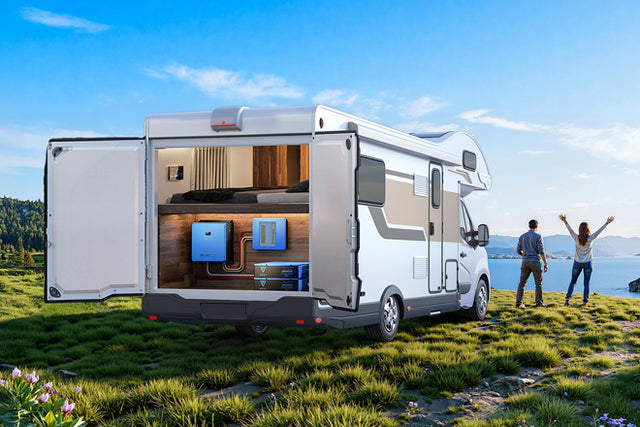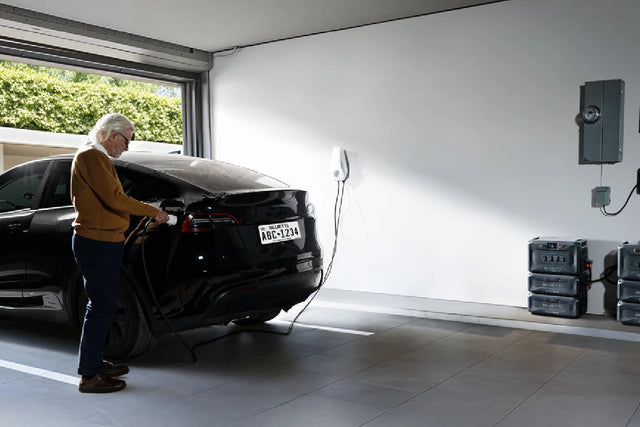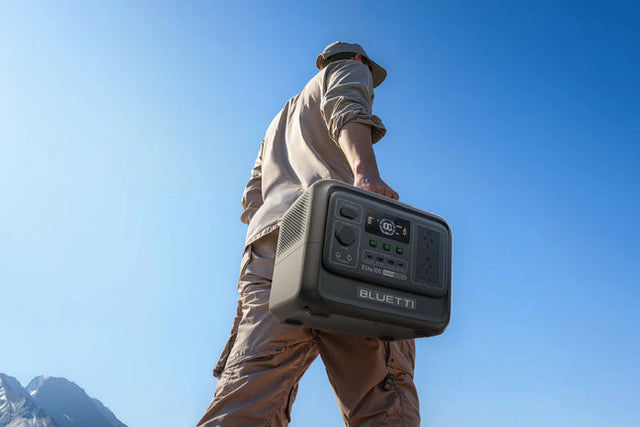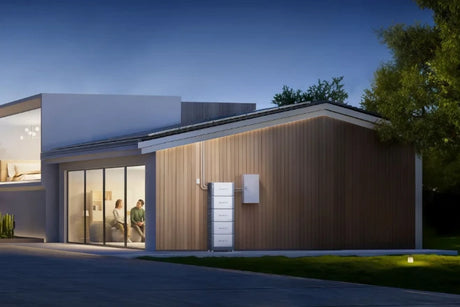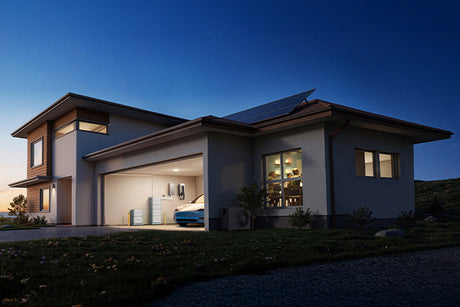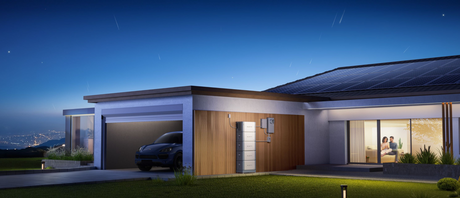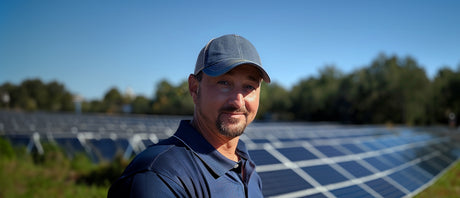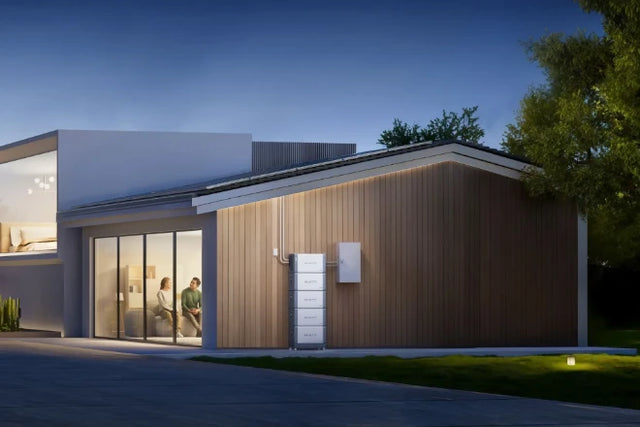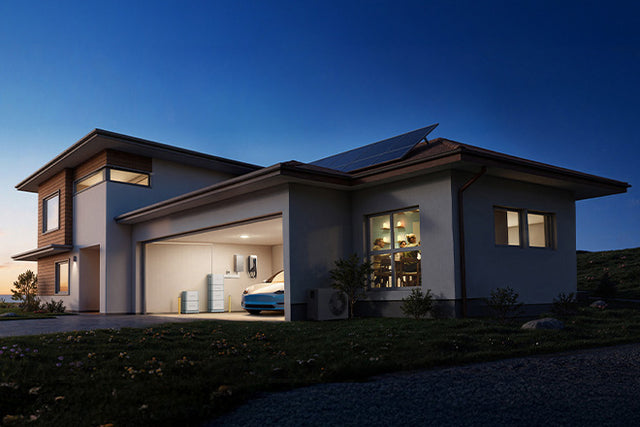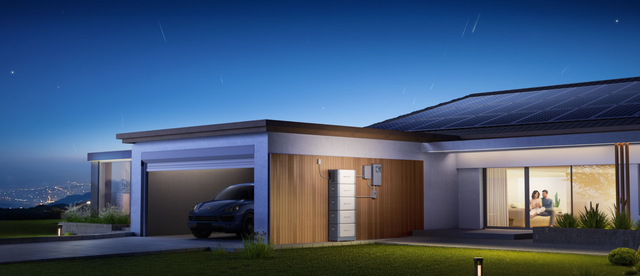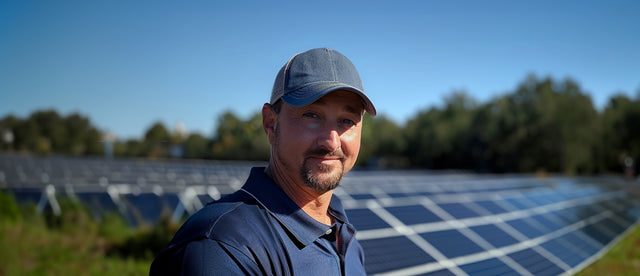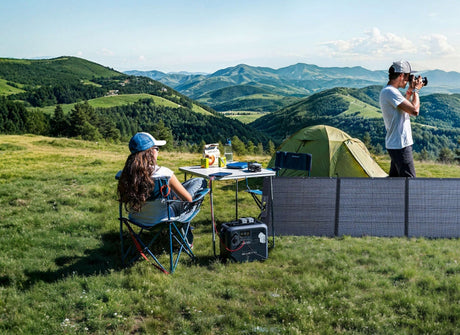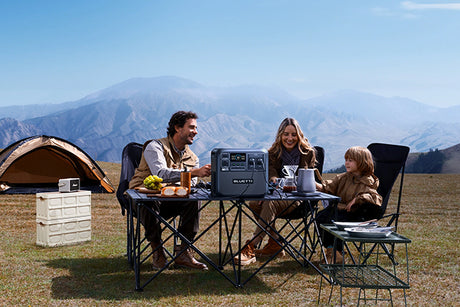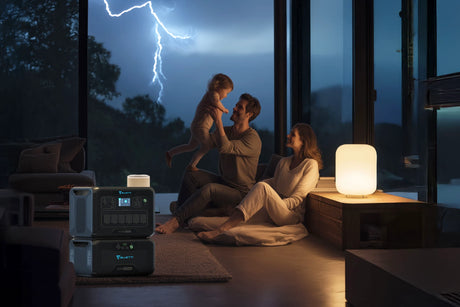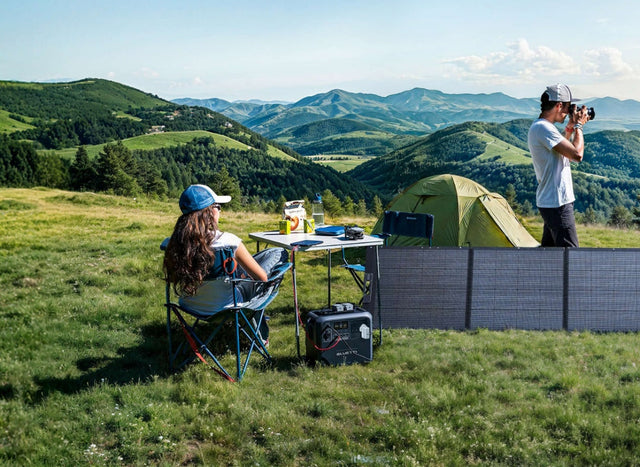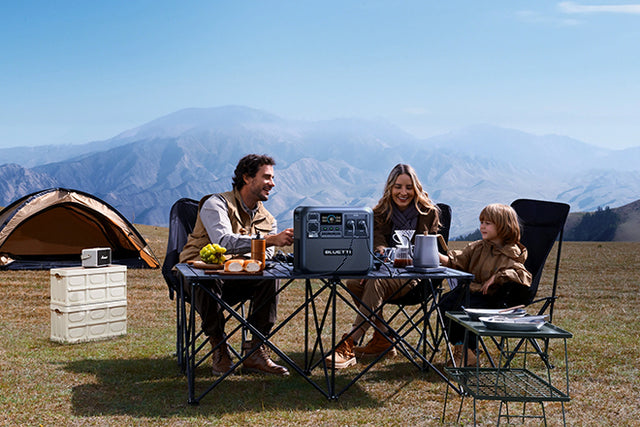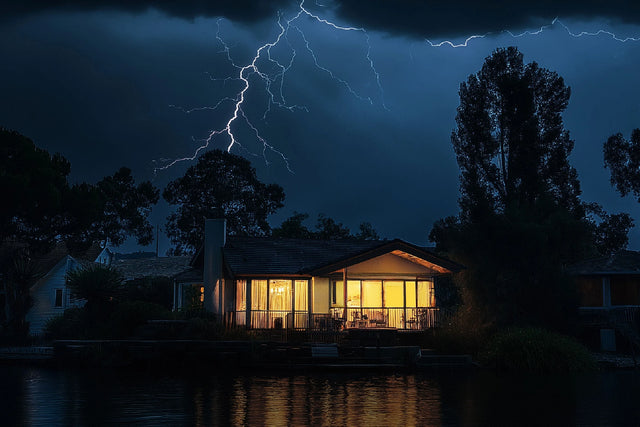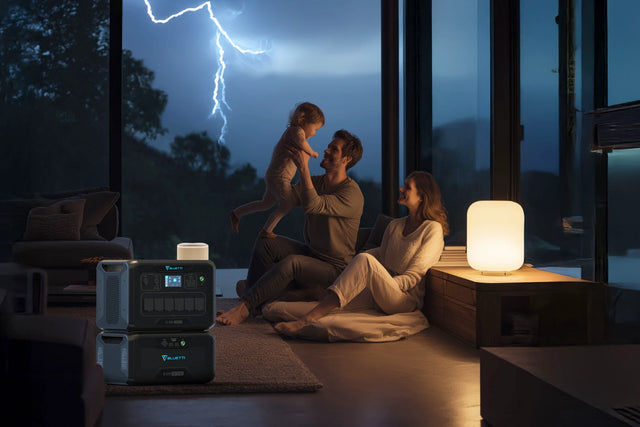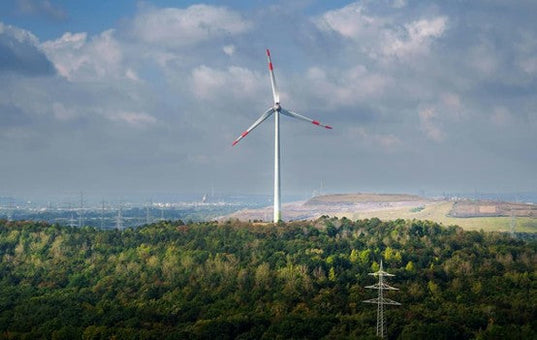In Australia, summers expose houses to hot weather on a daily basis. It's during this time your air conditioner toils to ensure you remain cool. However, the question many people ask themselves is how many hours can AC run continuously safely? And other people raise the question: Is it better to run AC continuously or all day long? Generally, you should be familiar with how long can AC run continuously without any issues. Your electricity bills depend on your AC run time a great deal. Besides that, continuous AC operation should always be guided with correct care and proper knowledge.
What Continuous AC Run Means
Continuous AC run indicates that your unit is in continuous operation with limited interruption. The compressor is kept in operation over extended durations. It does not shut down frequently as usual. Rather it operates continuously maintaining your desired temperature.
Why people ask this question:
- Issues of comfort: They desire to have cool homes all the day.
- Safety concerns: Concerns to destroy the costly equipment.
- Electricity expenses: Fear of increased electricity prices.
- Life-span of equipment: They desire to see the AC equipment serving them for many years.
These are the questions that are an issue on Australian heatwave summer. It is common to have temperatures exceeding 40 degrees on consecutive days. Therefore, your AC may be on most of the time struggling with heat.
What Determines How Long an AC Can Run
A number of factors will influence how many hours can AC run continuously safely. Typically, this greatly depends on your type of unit. Weather conditions are also a significant factor of runtime.
Type of AC Unit
Of course, various air conditioners cannot be expected to have the same runtime capabilities. Portable AC units stand out with shorter run times than others. The window models operate differently when put side by side with the split cooling system.
- Portable air conditioners
Portable air conditioners have a working capacity of 8-12 hours. They require resting moments between the prolonged usage. Small compressors restrict their continuous working capability a significant amount.
- Window AC units
Here, window AC units operate in a similar way as portable versions do. They have a run-time of up to 8 and 12 hours. However, large window units have a longer lasting time compared to small ones.
- Split system air conditioners
Split system air conditioners are much better at longer run-time durations. They are efficient in working all day long where necessary. With the help of good compressors, it is possible to have long-term cooling without issues in this regard.
- Central air conditioning
Here, central air conditioning functions for the longest time continuously. It is capable of operating 24 hours without any urgent difficulties taking place. Their powerful design is the reason you enjoy all day long cooling whenever you're after it.
AC Type Comparison:
| AC Type | Runtime Limit | Cooling Power | Best Use |
| Portable | 8-12 hours | 2-4 kW | Single rooms |
| Window | 8-12 hours | 2-6 kW | Small spaces |
| Split System | 16-24 hours | 2.5-9 kW | Homes |
| Central AC | 24+ hours | 10-20 kW | Whole house |
Environmental and Building Factors
Outdoor Temperature
Outdoor temperature has a significant influence on the requirements of AC runtime. Units work harder throughout the day due to hot weather. Humidity also provides additional workload on cooling systems.
It is very common to find Australian summers at temperatures above 40 degrees. Here, your AC is on almost all the time in the heat waves. Generally, on hot days, the compressor does not have much rest.
Room Size
The room size determines the duration of cooling every time. Large spaces require greater runtime as compared to small spaces. Your AC cools larger parts of houses by working longer.
Insulation Quality
The insulation quality also influences the runtime rather significantly. Poor insulation allows cool air to escape outside at a very rapid rate. Your air conditioner has to work longer to maintain comfortable temperatures in the house.
Sun Exposure
Exposure to the sun causes an increase in the cooling requirements on your setup to a great deal. West rooms become hotter when compared to other rooms. Direct sunlight greatly increases the daily effort of AC.
Typical and Safe Runtime Benchmarks
Normal AC runtime knowledge assists you in identifying issues in good time. Your settings as well as conditions dictate the changes to the continuous AC operation.
Normal Cooling Cycles
The AC cooling cycles normally take approximately 15 to 20 minutes. The compressor operates until it attains a set temperature at this point. Then it switches off until temperatures increase again.
Typical cycle patterns:
- Moderate/average weather: 2-3 cycles/h.
- Hot days: 4 to 5 cycles per hour
- Overheating: Running almost all day long.
- Every cycle: Approximately 15 to 20 minutes.
However, hot days outdoors record continuous running. This is when the outdoor temperature is 35 to 40 degrees per day. Your air conditioner is turned on continuously only to maintain a constant temperature.
Hours per Day in Different Conditions
The moderate weather requires approximately 8 to 12 hours of daily run time. Your air conditioning switches on and off. It is easier to maintain the temperature at mild conditions.
Hot days drive the running time as high as 12-16 hours. The needs are high when it is warm (30 degrees to 35 degrees). Your AC operates with fewer breaks and more frequently.
It could take 20-24 hours of operation with extreme heatwaves. This is when the outdoors record temperatures that exceed 38 degrees all day. Your AC will be on nearly 24/7 in an effort to handle the extreme heat.
Runtime by Temperature:
| Outside Temp | Daily Runtime | AC Behavior |
| 25-28°C | 8-12 hours | Normal cycling |
| 28-32°C | 12-16 hours | Frequent cycling |
| 32-38°C | 16-20 hours | Extended running |
| 38°C+ | 20-24 hours | Continuous |
Manufacturer and Warranty Guidance
In this case, manufacturers design AC units that are used continuously. Good brands are operating 24 hours when you require these services. However, they do not indicate that this should be the norm.
Most warranties include normal wear as a result of reasonable use from one day to another. For instance, switching it during heatwaves counts as a reasonable use in this case. However, year round running can cancel coverage.
Pros and Cons of Continuous Operation
It is either good or bad to run your AC all the time. Generally, if is it better to run AC continuously relies on several elements that you must know.
Benefits of Continuous Running
Steady Comfort
The greatest of the good things of constant use is steady comfort. Your house maintains a constant temperature throughout the day. There is no change of temperature and this translates to improved comfort by everyone.
Less On-Off Issues
Few on off stresses enhances your AC compressor to a great deal. It is more energy-consuming to start up than it is to run continuously. This is mainly because the electrical parts are strained upon each startup.
Drawbacks to Consider
Wear & Tear
Wear and tear accumulate at a faster rate, with constant use. The moving parts are sure to be used more over time. Compressors have prolonged working sessions each day.
Energy Expenses
The day long AC operation increases the energy bills significantly. When it is constantly running it consumes a lot of electricity on a daily basis. During summer, the increase in your monthly expenditures becomes huge.
Cost and Energy Implications
AC energy consumption is valuable in ensuring that electricity bills are kept at bay. This is because how long can AC run continuously directly influences your costs.

Estimating Energy Usage
The power draw varies greatly across the type of AC. Small portable units consume 1-1.5 kW/hour. Big split systems consume approximately 2.5 to 4kW/h.
Daily use may be computed by multiplying power by runtime. A 3 kW appliance with a 12 hour operation will consume 36 kWh. The 24 hrs running of the same unit consumes 72 kWh in total.
Energy calculation steps:
- Figure out your AC power rating in kilowatts.
- Times by hours of daily operation time.
- The result indicates the used kilowatt hours per day.
- Get the cost by multiplying by the electricity rate.
Local Electricity Costs
The electricity tariffs in Australia are approximately 25 to 35 cents per kWh. Prices vary by each state and provider significantly. The high seasons are more expensive than the off seasons.
Let's see an approximate cost for a 3 kW AC unit running 12 hours a day. 36kWh x 30cents =10.80 USD per day. Regarding 30 days, this results in 324 USD monthly.
Cost Estimates:
| AC Size | 12 Hours Daily | 24 Hours Daily | Monthly Cost |
| 2 kW | $7.20 | $14.40 | $432 |
| 3 kW | $10.80 | $21.60 | $648 |
| 5 kW | $18.00 | $36.00 | $1,080 |
How to Minimize Bills
Energy consumption rates change a lot from one to another because of thermostat settings. Only set the temperature to 24 or 25 degrees Celsius. Every one-degree cooler increases the costs by an additional 10 percent.
Money saving tips:
- Close blinds during those afternoons on hot days.
- Use ceiling fans along with AC.
- Block up cracks around the doors and windows.
- Service AC early before the beginning of the summer period.
- Clean filters once a month in hot summertime.
Maintenance, Longevity and Health Factors
With good care, AC lifespan increases while it is in constant operation. Consistent maintenance prevents expensive failures due to prolonged use in this case.
Importance of Regular Service
During summer, filters require cleaning or replacement once every month. Dirty filters are never recommended here. They mainly block airflow, reducing efficiency to a great deal. Clogged filters inside will make your AC work extra harder.
It is always important that the coils be professionally cleaned annually. Coil accumulation of dust reduces the capacity of heat transfer. With very dirty coils, expect your compressor to run longer.
Signs of Overwork
Strange sounds indicate that your AC is not functioning so well. Mechanical problems are present in the form of grinding or squealing sounds. Suspicious sounds should be dealt with immediately by a professional.
Warning signs to watch:
- Loud grinding/squealing sounds from the AC unit.
- Room vents recording weak airflow cases.
- Ice on the external unit outside the house.
- Leaks of water inside the house from the AC unit.
- A burning smell originating from the house vents.
Less cooling even at constantly operating conditions is indicative of problems in this case. You'll realize that now your house does not even get to the temperature you want. The AC is on all the time and does not get the comfort levels correct.
Indoor Air Quality
The humidity levels increase due to little AC run time. Damp indoor areas record a bad growth of mold and mildew. At least continuous AC operation is more effective in the regulation of humidity.
Nonetheless, indoor air may become excessively dry due to very long run times. When humidity is very low, it may make some people find it difficult to breathe. Thus, balance is important to the healthy indoor environment throughout the day.
Best Practices for Smarter Cooling
Maximize the use of smart control ways to optimize your AC runtime. In this case, continuous AC operation is better off with good management.

Control Strategies
- Timers
Timers can be used to control the use of AC when you are not at home. Program these units easily to begin just before you get home every day. This is comfortable, and there is no wasting of energy in all day running.
- Smart Thermostats
Smart thermostats are able to learn your preferences and automatically change. They optimize runtime depending on weather and people's homes. Smart operation patterns also help to save energy on a daily basis.
- Inverter Technology
It is certain that inverter technology is more effective in continuous operation. Precisely, inverter AC units vary the velocity of the compressor as required. They consume less power as compared to old on off models.
When Continuous Run is Acceptable
Running AC all day long during heatwaves is crucial for health and safety reasons. Weak people are rather exposed to very hot temperatures, endangering them quite a bit. Thus, this explains why continuous cooling is not an option, but a necessity.
Homes that are poorly insulated might require extended AC run time sessions. Aged houses lose cooler air faster compared to modern houses. Here, running the AC more is crucial to keep you comfortable indoors.
Acceptable situations:
- In formal warnings of heatwave by authorities.
- During the days when there is a rise in temperature above 38 degrees.
- In the case of the old or young children at home
- In cases where a person has ailments that require cooling.
- In those poorly insulated aged houses in summer.
How to Keep the AC Running in Case of an Outage
A backup power to maintain your AC in the event of power loss is crucial. The BLUETTI Apex 300 with B300K and SolarX 4K provide good off grid cooling. This entire system provides continuous comfort in cases when the power in the grid stops.
The Apex 300 delivers 3,840W continuous power with a lot of ease. This takes care of the majority of home AC units without difficulties. The total capacity of 5,529.6Wh supplies AC over a long time.
SolarX 4K is able to charge the system with solar panels quite well. The solar input of up to 4,000W charges batteries in a very short time. It only needs 1.9 hours of good bright sunshine to be fully charged.
The system is expandable to 58kWh of total available capacity. Additionally, the LiFePO4 batteries are guaranteed to have a minimum cycle life of 6,000.
Key features for backup:
- Most household AC units can be accommodated by this backup's 3,840W continuous power.
- The overall capacity of 5,529.6Wh runs AC for 3 to 8 hours.
- It features the fast 4,000W solar recharging capability.
- It expands to 58kWh, making the perfect option in case of prolonged operation requirements.
- The 20ms UPS switchover stands out as a good equipment protector.
- It supports remote monitoring control via the BLUETTI app.
Real World Scenarios
Practical use is important in knowing how many hours can AC run continuously. There is no doubt that different situations require different approaches to AC runtime.
Case Studies:
| Scenario | AC Type | Room Size | Outside Temp | Daily Hours | Daily Cost |
| Bedroom | Portable 2kW | 15m² | 35°C | 10-12 hrs | $7.20 |
| Living Room | Split 4kW | 40m² | 40°C | 18-20 hrs | $28.00 |
| Whole House | Central 8kW | 150m² | 32°C | 14-16 hrs | $40.00 |
Small room situation: A bedroom consumes 2 kW of portable AC on a daily basis. The daytime outside temperature goes up to 35 degrees. The AC has a running duration of approximately 10-12 hours during the night. The daily cost amounts to approximately 7.20 USD.
Family home situation: These refer to living rooms cooled with a 4 kW split system. Here, extreme 40 degrees Celsiul heatwaves situations run for several days. The AC operates approximately 18-20 hours a day. Daily expenditure is approximately 28 US dollars.
Whole house situation: Consider a large house with an 8 kW central system. The conditions of the moderate summer day of 32 degrees occur outside. The AC lasts approximately 14 to 16 hours. Cost hits about $40 per day.
When to Seek Professional Advice
There are certain conditions when your AC system is to be checked by experts. Constant AC use occasionally presents covert issues occurring.

When to call professionals:
- AC is continuous, however, it does not cool the rooms efficiently.
- Abnormal sounds or burning smells originating from the system.
- The ice is formed on any part of the units inside or outside.
- Energy bills go up without any noticeable explanation as to why.
- The unit has lasted over ten years and it is acting in a strange way.
AC constantly running without cooling down indicates problems that need immediate action. This occurs due to refrigerant leakages or compressor issues. Never attempt to disregard the performance issues during those hot summer heatwaves.
Large or small units are sure to give issues with their runtime. Too big units go round too much wasting energy in a bad manner. Too small units operate every time without attainment of temperature set.
Conclusion
How many hours can AC run continuously depends on a lot of things. Safe limits to running time do vary across each type of unit. With central AC, it is much easier to operate 24 hours in comparison to the portable units.
But, is it better to run AC continuously or should it be on and off. It is very usual to continue operation under very hot weather. It is even less stressful than the on off cycling.
You should strike a balance between comfort, cost and life of the equipment. Regulate costs on a daily basis by setting moderate thermostat temperatures. Always keep your AC in good condition so that you can always have reliable performance during summers.
Safe ranges display yes, AC is capable of operating 24 hours per day. But context is very important in your particular case. Adapt your AC application to weather, type of home and budget constraints.
Frequently Asked Questions
- How many hours can AC run continuously in a day?
Central AC can operate 24 hours without issues or without difficulties. The portable and window units are supposed to rest after 8-12 hours. Safe runtime is increased by good maintenance in all types.
- Is it better to run AC continuously or in intervals?
Constant running under very hot weather has reduced compressor stress. On off cycling causes significant damage on parts compared to steady operation. Allow your air conditioner to operate as required when it is hot in the summer.
- What is the maximum time that AC can be run continuously?
A central AC that is of good quality can run 24 hours without being damaged easily. But wear definitely increases with time of operation. Constant servicing ensures that issues of long usage do not arise.
- Does using AC all night and all day save money in the bills?
No, it is expensive to keep it running. Yet it is more efficient than off and on short cycling. Ensure you have a balance of comfort requirements with situation energy costs.
- What is the recommended temperature at which I will run continuously?
Set it only up to 24 or 25 degrees celsius. This strikes a balance between comfort and efficiency in the course of uninterrupted operation. Every degree of coolness increases expenses by approximately 10 percent.



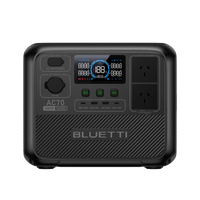
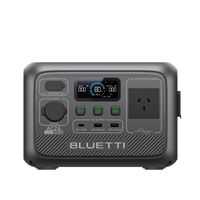
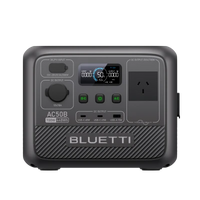

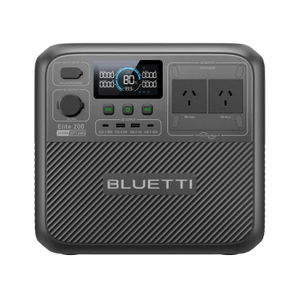
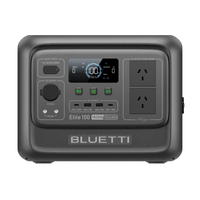
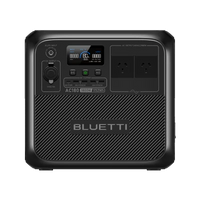
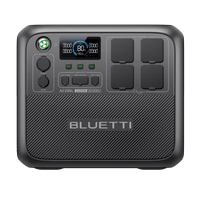






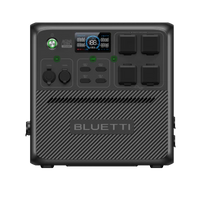
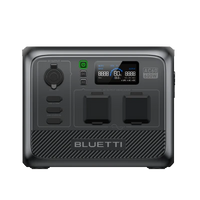
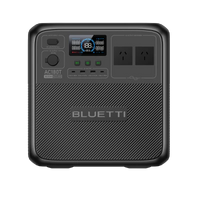


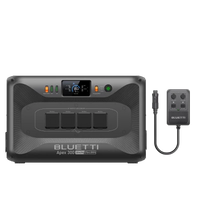

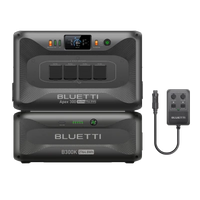
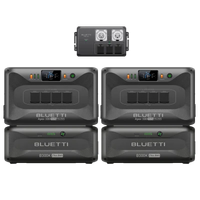
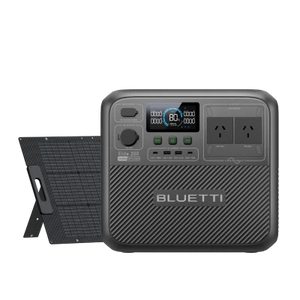
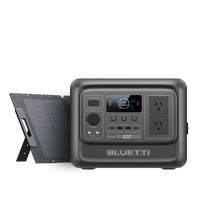
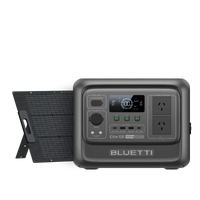
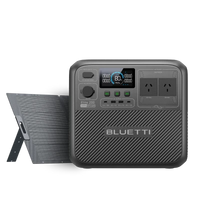
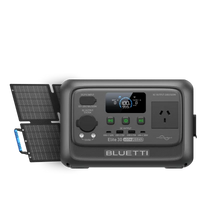
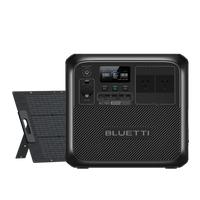
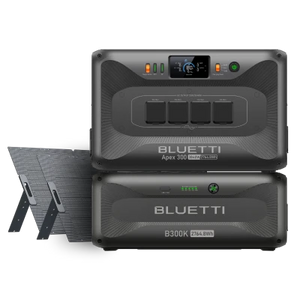
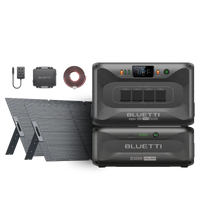
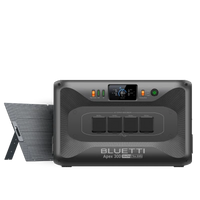
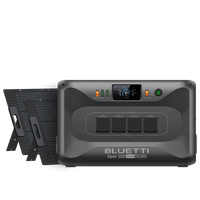
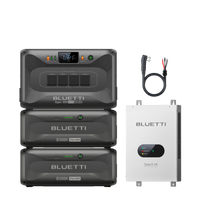

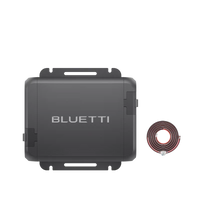
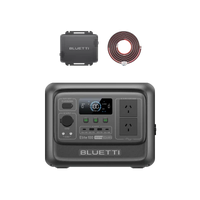
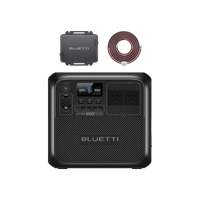

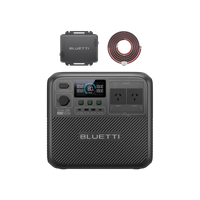
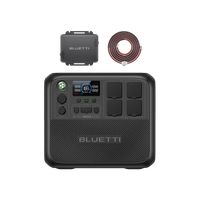
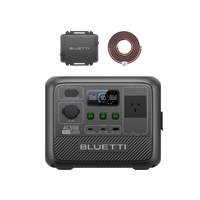
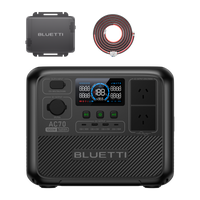
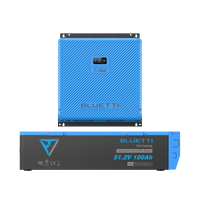
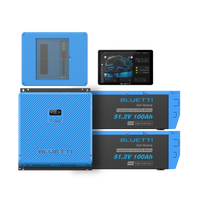
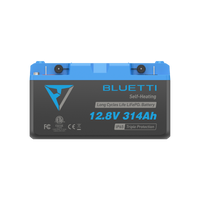
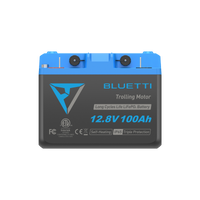
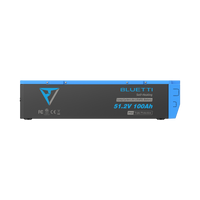
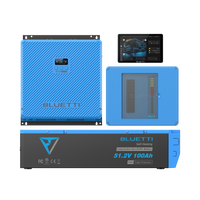
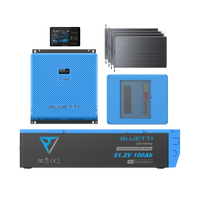
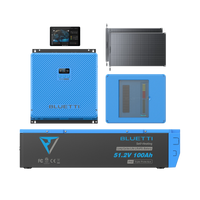
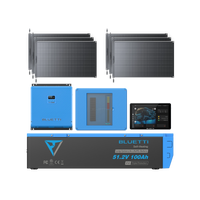
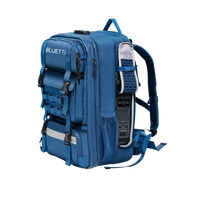
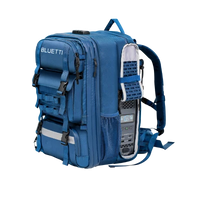



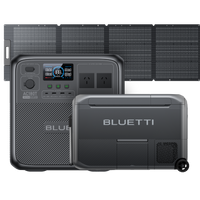
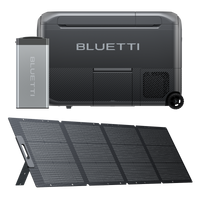
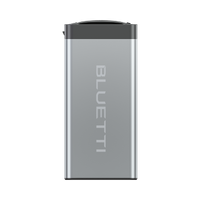
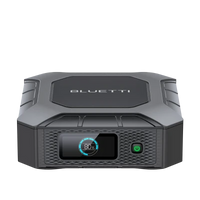
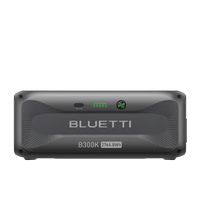

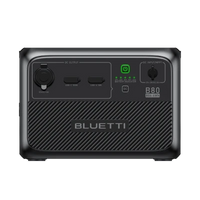
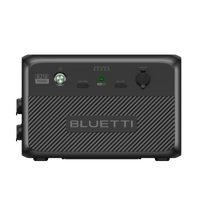

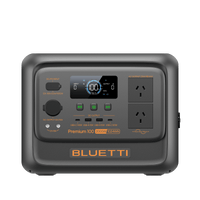
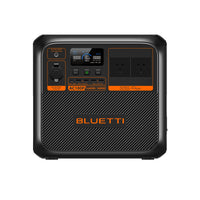

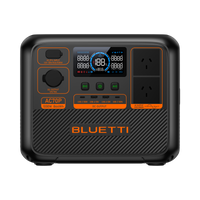
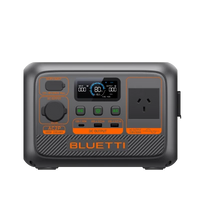
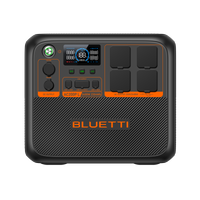
![[Phased Out] BLUETTI B80P Expansion Battery | 806Wh](http://www.bluettipower.com.au/cdn/shop/files/202310025B80P_2000-2000px_4_4caa0c1c-4dab-4272-9e9b-2b7507e5bd81.jpg?v=1713777870&width=200)
![[Phased Out] BLUETTI B210P Expansion Battery | 2,150Wh](http://www.bluettipower.com.au/cdn/shop/files/2_08cf9ef3-03a4-4489-b641-d3edb8094896.webp?v=1716016566&width=200)
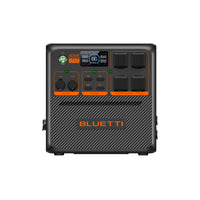
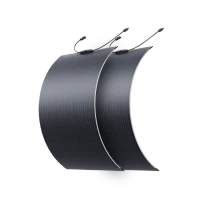
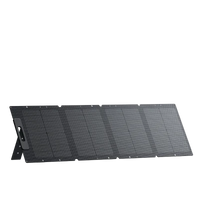
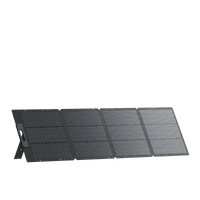
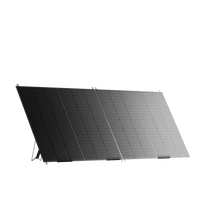

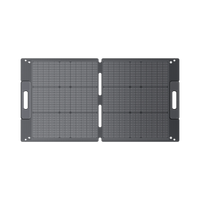

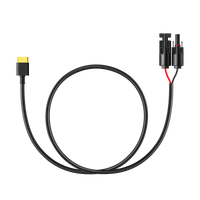
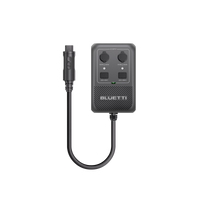
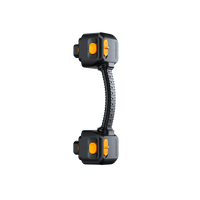
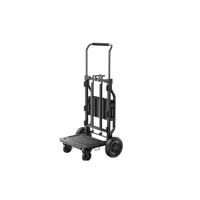
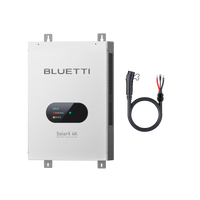
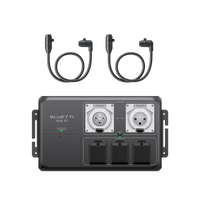
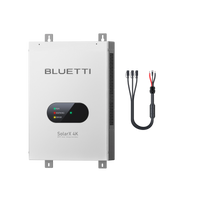
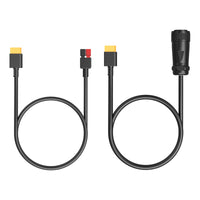
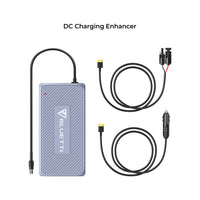
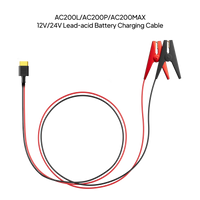
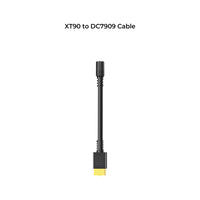
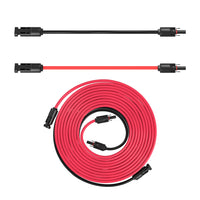
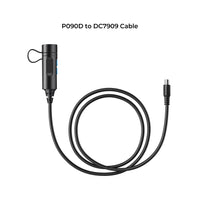
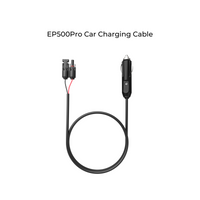
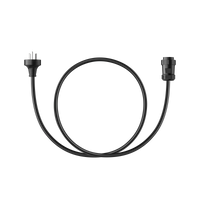
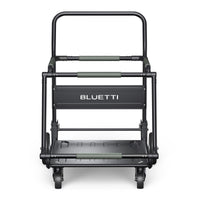
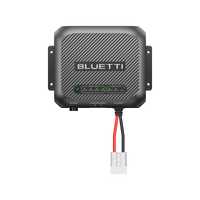
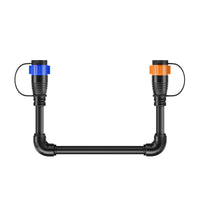



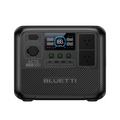
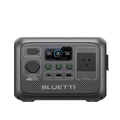
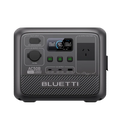


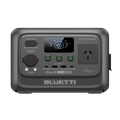
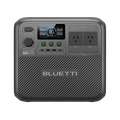
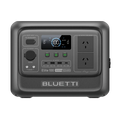
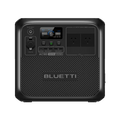
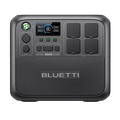






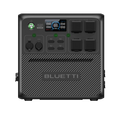
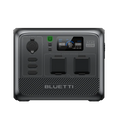
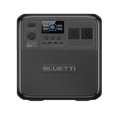


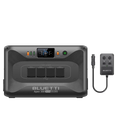

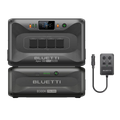
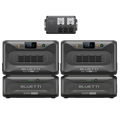




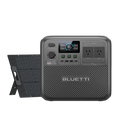
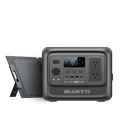
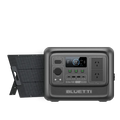
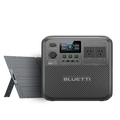
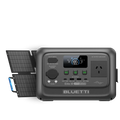
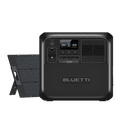
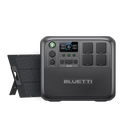
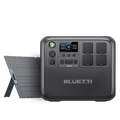




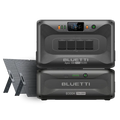
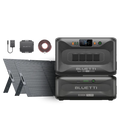
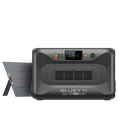
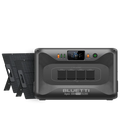
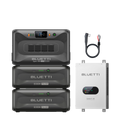


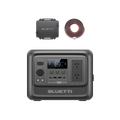
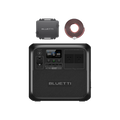
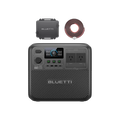
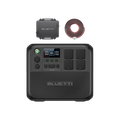
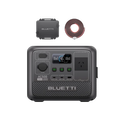
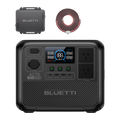
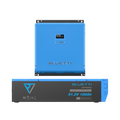
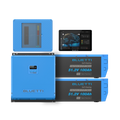
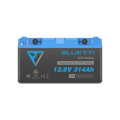
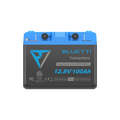

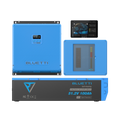



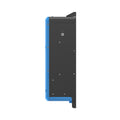
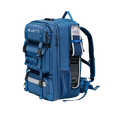
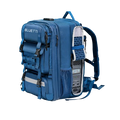


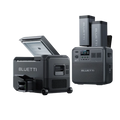
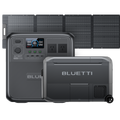
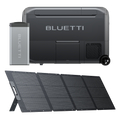
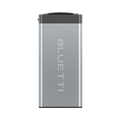
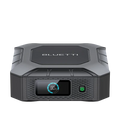
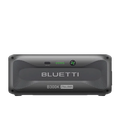

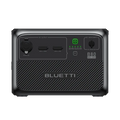
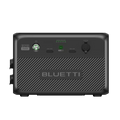


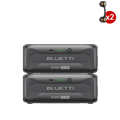
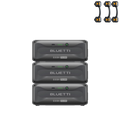





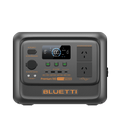
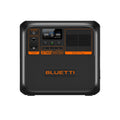

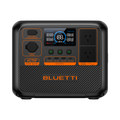
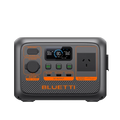
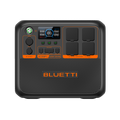
![[Phased Out] BLUETTI B80P Expansion Battery | 806Wh](http://www.bluettipower.com.au/cdn/shop/files/202310025B80P_2000-2000px_4_4caa0c1c-4dab-4272-9e9b-2b7507e5bd81.jpg?v=1713777870&width=120)
![[Phased Out] BLUETTI B210P Expansion Battery | 2,150Wh](http://www.bluettipower.com.au/cdn/shop/files/2_08cf9ef3-03a4-4489-b641-d3edb8094896.webp?v=1716016566&width=120)
